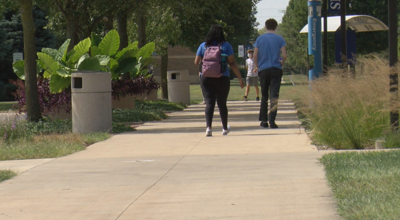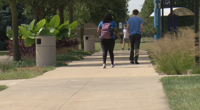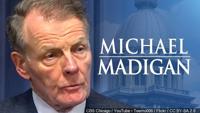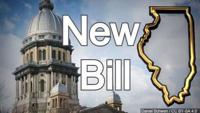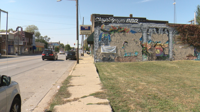SPRINGFIELD, Ill. � Most colleges promote a message of diversity and inclusion. Yet, higher education leaders recognize Illinois still has a long way to go before every student receives the same opportunities to succeed.
The Illinois Board of Higher Education hopes their new 10-year can address that. Board members hoped to launch the process to create this plan in 2020, but it was put on hold early into the COVID-19 pandemic.
Board Chair John Atkinson says virtual learning put even more inequities in the spotlight.
“We really had unequal access to the tools needed to be able to have a higher education and for everybody in the state to be able to thrive,� Atkinson said.
Ten thousand people helped jumpstart the process by completing a survey for the board. Then, a large committee of stakeholders spent nine months analyzing the most significant issues students face. Leaders hope to reach address those issues by meeting three goals: equity, sustainability, and growth.
They hope the plan can close gaps in enrollment, retention, and completion rates for Black and Latinx students and those who live in rural communities. Research used by the board shows 47% of white adults in Illinois have a post-secondary degree. Yet, only 29% of Black Illinoisans and 20% of Latinx people in the state achieved that goal.
Board members want universities and community colleges to create more summer bridge programs to help students transition to college. They could also provide support for basic needs like housing, food security, and mental health or child care services.
Hopes for a higher education funding model
They also want more funding and opportunities for people to receive MAP grants. Leaders are pushing for a true funding model for Illinois colleges and universities, which have struggled with funding cuts for almost two decades. It became significantly worse during the budget impasse from 2015-2017.
“I call it a trauma to the financial health of our higher education system. It was a gut punch to higher ed,� Atkinson said. �$1.2 billion in reduction in that period of time was just devastating.�
A recently passed out of both chambers could create an equitable funding commission to try and solve the problem. Many hope the proposal is signed into law since funding approaches have “exacerbated� inequities and lead to more debt for students and their families.
“Our institutions have suffered significantly and it really has translated to difficulty for our students in Illinois,� Atkinson said. “And it’s not just the more underrepresented students. It’s been impactful for students across the board.�
Atkinson said the Pritzker administration knows college affordability is a major issue.
Work with innovation centers
He noted growth could also come from stronger relationships between education institutions and innovation centers.
“We really have never had the kind of partnership between our economic development arm and higher education in the state. So, part of the strategic plan addresses this by creating a statewide Business and Employers Council,� Atkinson explained.
Board members hope this can help produce the talent needed for the growing economy. Atkinson feels that will help everyone across the state. He said regional partnerships are great for students, but the holistic approach could make even more opportunities pop up.
“We’ll be able to not only meet the needs of the local economy, but also produce graduates with degrees and credentials needed to fill jobs throughout the state,� Atkinson said.
The board has asked public, private, and community colleges to create equity plans with the information from this document. Atkinson explained the board will help facilitate those changes later on.
“They’ll look at best practices and we can collaborate with other higher education institutions,� Atkinson said. “Then, as part of the accountability and implementation phase, we’ll look at those numbers and track progress.�

